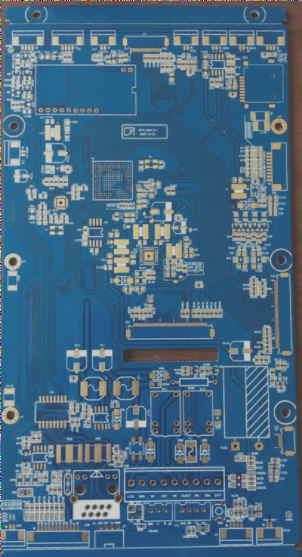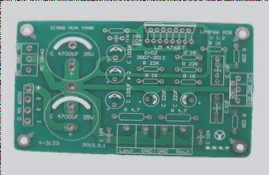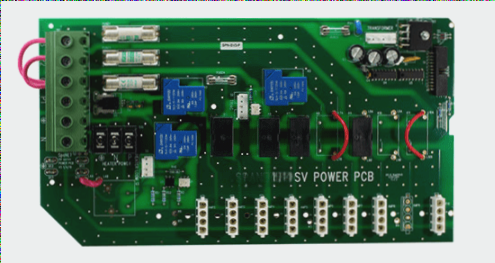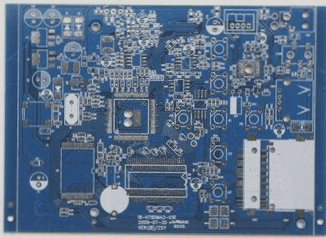PCB Design: Choosing Between Chip Beads and Chip Inductors
When it comes to PCB design, the decision to use chip beads or chip inductors depends on the specific application. Chip inductors are crucial for resonant circuits, while chip beads are ideal for reducing unwanted EMI noise.
Key Points to Consider:
- Unit of Measurement: The unit for magnetic beads is ohms, not Hunter. This measurement is based on the impedance they create at a particular frequency, typically 100MHz. For example, 1000R at 100MHz equates to 600 ohms at that frequency.
- Filter Types: Conventional filters consist of lossless reactive components and are known as reflection filters. To prevent energy reflection and interference, ferrite magnetic rings or magnetic bead sleeves can be used to convert high-frequency signals into heat, acting as absorption filters.
- Optimal Frequency Suppression: Different ferrite suppression components have varying frequency suppression ranges, with higher permeability corresponding to lower frequency suppression. Larger ferrite volumes and specific shapes enhance suppression efficacy.
Utilizing Ferrite Suppression Components:
Ferrite suppression components should be placed near the source of interference, especially at entry and exit points of shielding enclosures. In high-impedance circuits, their effectiveness may be limited, but in low-impedance circuits like power distribution or radio frequency circuits, they can be highly effective.
Benefits of Magnetic Beads:
- Magnetic beads are designed to suppress high-frequency noise and spike interference on signal and power lines, as well as absorb electrostatic pulses.
- They are essential for absorbing ultra-high frequency signals in RF circuits, PLLs, oscillators, and memory circuits like DDR SDRAM and RAMBUS.

The Role of Magnetic Beads in PCB Design
The main purpose of magnetic beads in PCB design is to eliminate RF noise that can interfere with the transmission line. RF energy, represented by an AC sine wave on top of the DC transmission level, can cause electromagnetic interference (EMI) along the line. Chip beads function as high-frequency resistors, allowing DC signals to pass while filtering out AC signals. These beads are crucial for reducing unwanted signal energy and minimizing parasitic oscillations in high-frequency circuits.
Advantages of Chip Magnetic Beads
- Miniaturization and lightweight construction
- High impedance in the frequency range of radio frequency noise
- Effective reduction of electromagnetic interference
- Significant high-frequency and impedance characteristics
Selection Criteria for Magnetic Beads in PCB Layout
- Determine the frequency range of unwanted signals
- Identify the source of noise
- Ensure sufficient space on the PCB for bead placement
- Define the required level of noise attenuation
- Consider environmental conditions and circuit impedances
When selecting magnetic bead models, it is essential to analyze the impedance frequency curve provided by the manufacturer. The impedance characteristics can be affected by factors such as excessive DC voltage, high operating temperatures, and strong external magnetic fields. Choosing the right magnetic beads is crucial for optimal noise attenuation while preserving signal integrity.
Applications of Chip Beads and Chip Inductors
Chip inductors and magnetic beads find applications in various devices and systems, including RF and wireless communications, radar detectors, automobiles, cellular phones, audio devices, and wireless remote control systems. If you have any PCB manufacturing needs or require assistance with magnetic bead selection, feel free to contact me.




